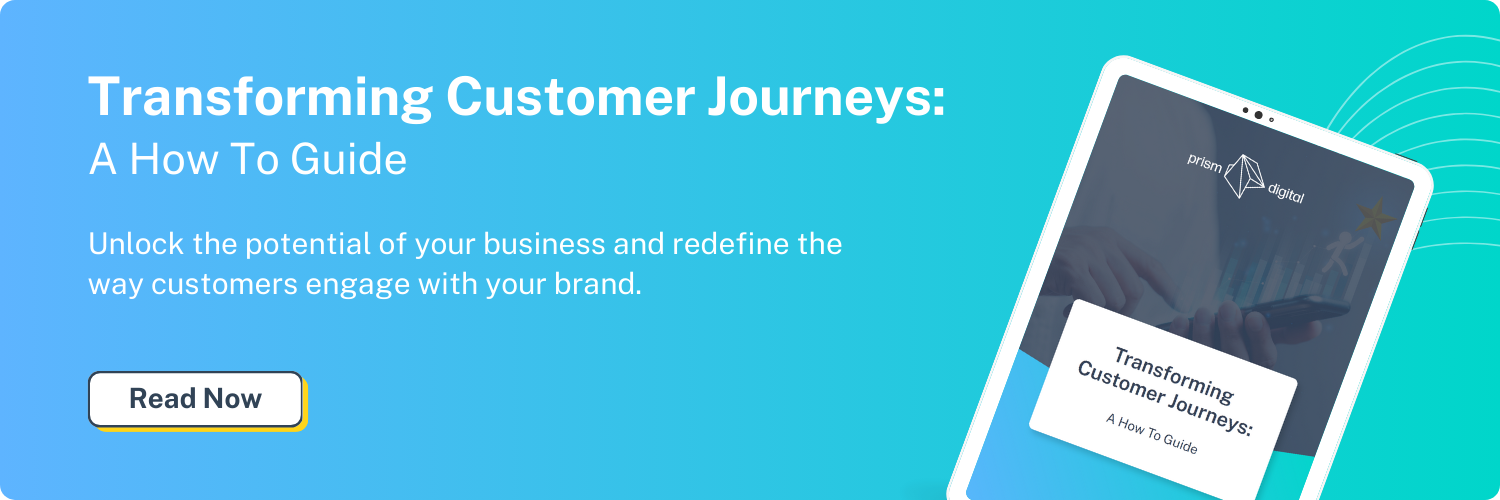Digital marketing isn’t easy, so let’s not waste any more of your time going after the wrong people! Defining your target audience should be the first step towards success for any company or business, especially if you’re just starting out.
What is a target audience?
Your target audience refers to the bunch of consumers your advertising efforts are attempting to reach. Put very simply: you want to target the type of individuals who are likely to buy what it is that you're selling, over those who aren’t—even if this would mean more site traffic.
The intention of your advertising should be to target a group of people who share the goals, interests, and problems as your ideal customers. For example, men, 30-40 years old, living in New York, monthly income of $5,000 – $7,000, and passionate about fitness.
Widening your reach
Ok, so you’ve done the groundwork to find a market that really works for your product or service, but you want to build on this momentum and widen your reach. According to Shantel Kriss, CEO of Imagine Media Consulting, an Atlanta-based social media marketing agency, “Everyone always wants new audiences, and the best way to find them is to try new tools and methods.”
Whether you’re a fresh new startup or an established company, it’s not enough to simply point your sales team in a new direction and let them sink or swim. They need the proper support to make the transition to selling to a new audience.
Here are 3 things you can do to target a different market segment
🎯 Update your value proposition.
It's crucial that your salespeople understand the wants and needs of the people they’re selling to, which is why arming them with an updated value proposition will help them speak directly to the needs of your new potential customer.
🎯 Create new content and messaging.
This may seem obvious, but it’s often missed. When you’re trying to win over a new audience, you will need to create new blog posts, case studies, social media posts and white papers that speak to their paint points. Be sure to incorporate statistics, trends, and insights that will draw in the new audience and begin to build brand awareness and trust.
🎯 Understand audience preferences.
As you explore new segments, be sure to monitor the priorities, engagement habits, buying behaviors, favored pricing, social media activity, and other details of your new audience—so you can put an emphasis on your most-engaged platforms and campaigns.
Marketing and Sales CRM tools can help you organize and connect all your audience data, providing you with invaluable insight into how each audience responds. Knowing exactly what your new audience wants from you will allow you to create more personalized communications (such as welcome emails, or lead nurture workflows) that show you understand their needs and desires.
Keep up your expansion efforts
Targeting a new audience won’t happen overnight, but if you provide your sales team with a value proposition, churn out some fresh content, and monitor your audiences’ preferences, you can pave a smooth path for succeeding with a new segment.
